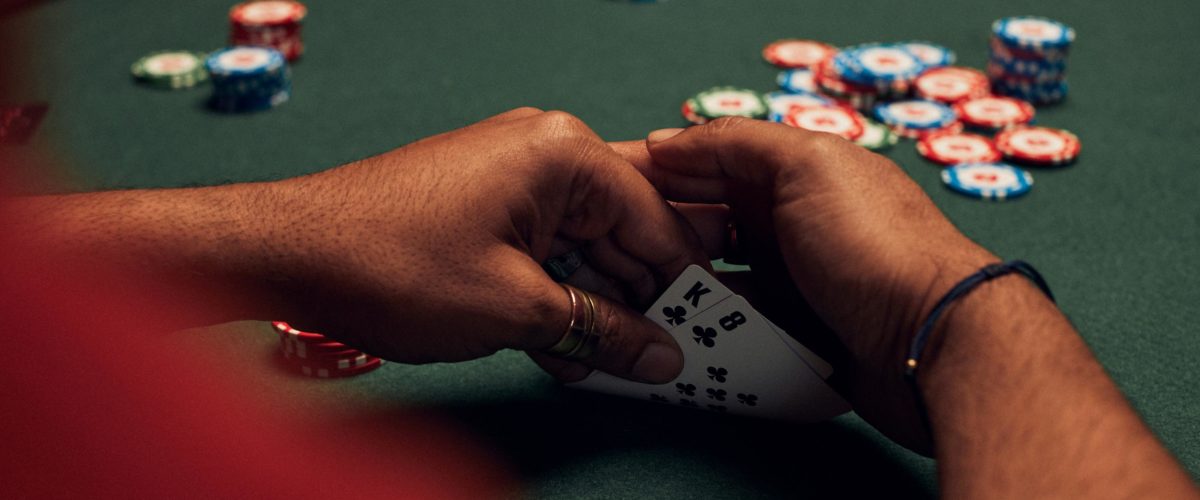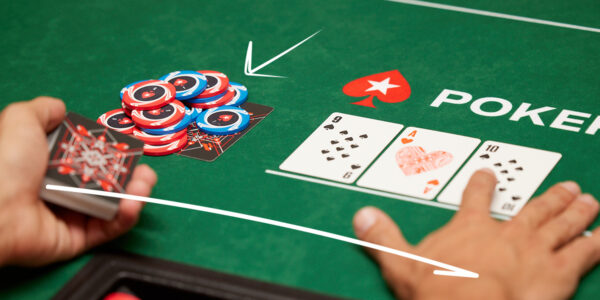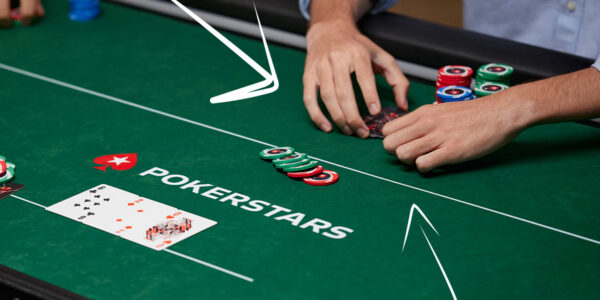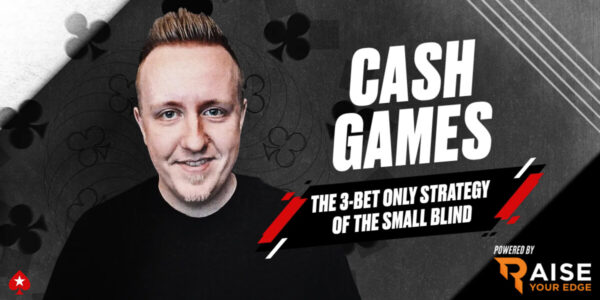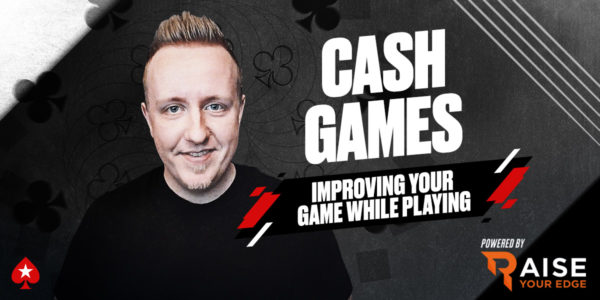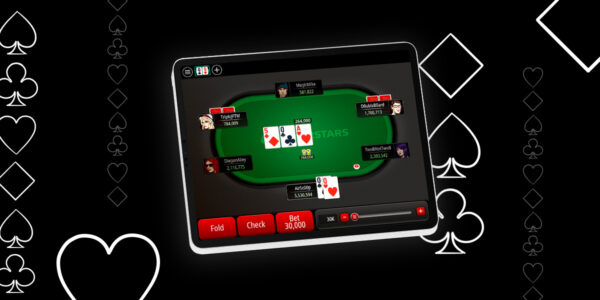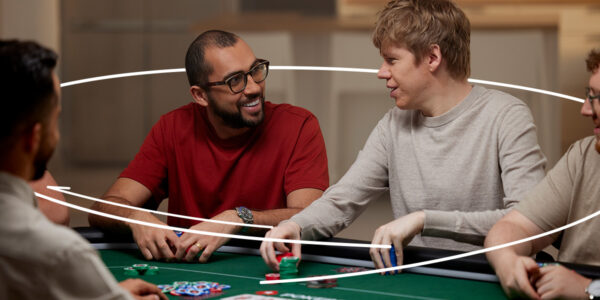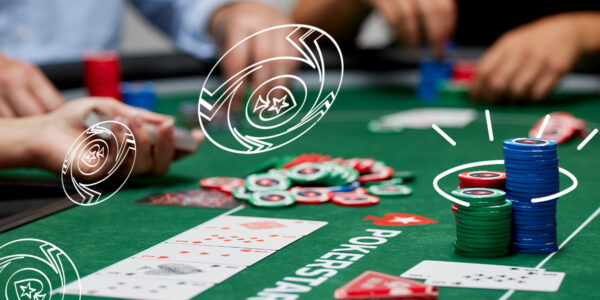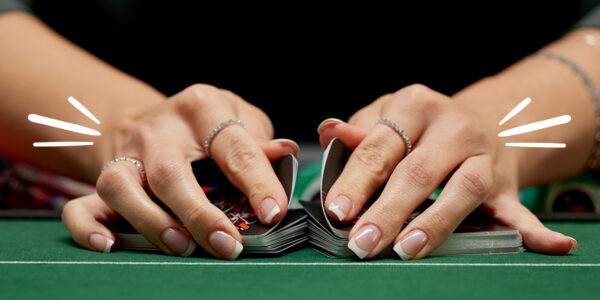When To Open Raise Hands You Shouldn’t
The feeling of open raising a hand you probably shouldn’t is an amazing feeling – there’s nothing like it! You might feel a little lucky (and maybe a little guilty) as you rake in the chips, but there are sometimes when playing worse hands is actually the right decision. Here, we’ll talk about a couple of scenarios where it makes a lot of sense to open raise many weaker hands – even up to 100% of your range.
GTO vs Exploit
First, let’s start by talking about the fundamentals of Game Theory Optimal (GTO) play. GTO is the way in which we assess whether a play will be unexploitable, even if your opponents are playing perfectly. You might think; “well, we should just always try to play GTO then, right?” The answer is actually different than you might expect.
See, especially at low-mid stakes, our opponents are almost always playing extremely imperfectly, so to simply try to stick to a solver strategy wouldn’t make sense. We have to adjust to exploit our opponents and win the most money possible.
Choosing Your Bet Sizings
To start, let’s first go over preflop open raise bet sizings. GTO play recommends the use of very small sizings when opening from early-middle position.
The solver expects its opponents (who, remember, are all playing ‘perfectly’) to be flat calling very little and to be 3-betting very aggressively. So, it wants to use smaller sizings in early-middle position to be able to defend better when re-raised and play smaller pots when out of position. Predictably, in later positions like the cutoff/button, solvers like to raise bigger to around 2.5x-3x the big blind. In reality, we actually want to be doing the opposite.
Especially in low-mid stakes games, players aren’t 3-betting nearly as wide as they should and are just flat calling with a ton of hands trying to “see a flop.” So, we should raise larger from early-middle position with a tighter range of hands than GTO suggests, so that we can build a pot with the intention of utilizing our range advantage on favorable flops.
This will punish your opponents for calling those trashy hands! From late position (you guessed it!) we want to raise smaller, around 2x-2.5x the big blind. But why?
We’ll talk about it below, because it’s a situation where you may want to be raising a bunch of hands that you might think you shouldn’t.
When To Open Raise Hands You Shouldn’t
We want to raise small from late position, because we should be attempting to steal the blinds at a very high frequency. At low-mid stakes, players are usually not thinking about the bet sizing they have to call when defending their blinds, they’re just either calling or folding depending on how good they think their hand is.
According to GTO, you should defend a much wider range of hands from the big blind against a 2x sizing than a 3x sizing, but most people are not making this adjustment. This means you can often auto-profit by raising way more hands than GTO says you should from the button or small blind.
For example, GTO suggests that you should raise 41% of your hands from the button and defend around 50% of your hands from the big blind. If you think that the big blind is only defending the top 30% of his hands, you have an easy spot to auto profit by just raising your entire range. Especially since your opponents at low-mid stakes are rarely 3-betting the big blind without a monster hand, you won’t run into many situations where you get punished for doing this.
Another spot where you can raise a wider range of hands than GTO is when you’re in early position and the button and big blind are both weaker, more passive players. You have a great opportunity to widen your range to include some hands you would normally just fold, because you won’t face a ton of aggression (3-betting). They’ll fold a lot, and when they call you’re playing a pot against a weaker opponent postflop.
Condimentum Nibh
Donec sed odio dui. Cras mattis consectetur purus sit amet fermentum. Vestibulum id ligula porta felis euismod semper. Curabitur blandit tempus porttitor.
